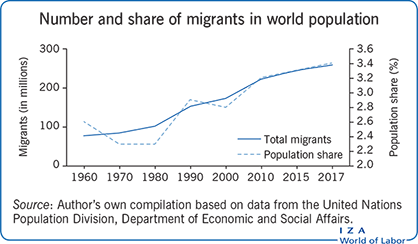Elevator pitch
The importance of benefit portability is increasing in line with the growing number of migrants wishing to bring acquired social rights from their host country back to their country of residence. Failing to enable such portability risks impeding international labor mobility or jeopardizing individuals’ ability to manage risk across their life cycle. Various instruments may establish portability. But which instrument works best and under what circumstances is not yet well-explored.

Key findings
Pros
Benefit portability promises to lift a major constraint on international labor mobility and individual risk management.
A number of promising instruments exist to establish benefit portability across borders.
Bilateral social security agreements are traditionally considered the key portability instrument and seem to work well.
Recent innovations include the redesign of benefits that separate pre-saving and redistribution aspects, and the use of multinational private sector providers.
Cons
The labor market aspects of benefit portability remain poorly understood.
It is unknown whether a lack of portability is actually relevant to international labor mobility; the limited effect on one’s ability to manage risk may be compensated for by higher wages in the host country.
Bilateral agreements currently only benefit a small share of migrants, mostly those moving between rich countries.
Understanding of the actual working and effectiveness of portability instruments is limited.